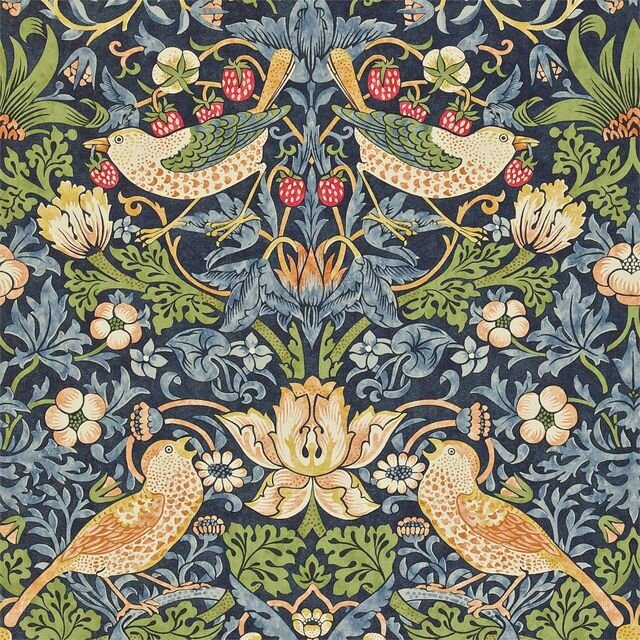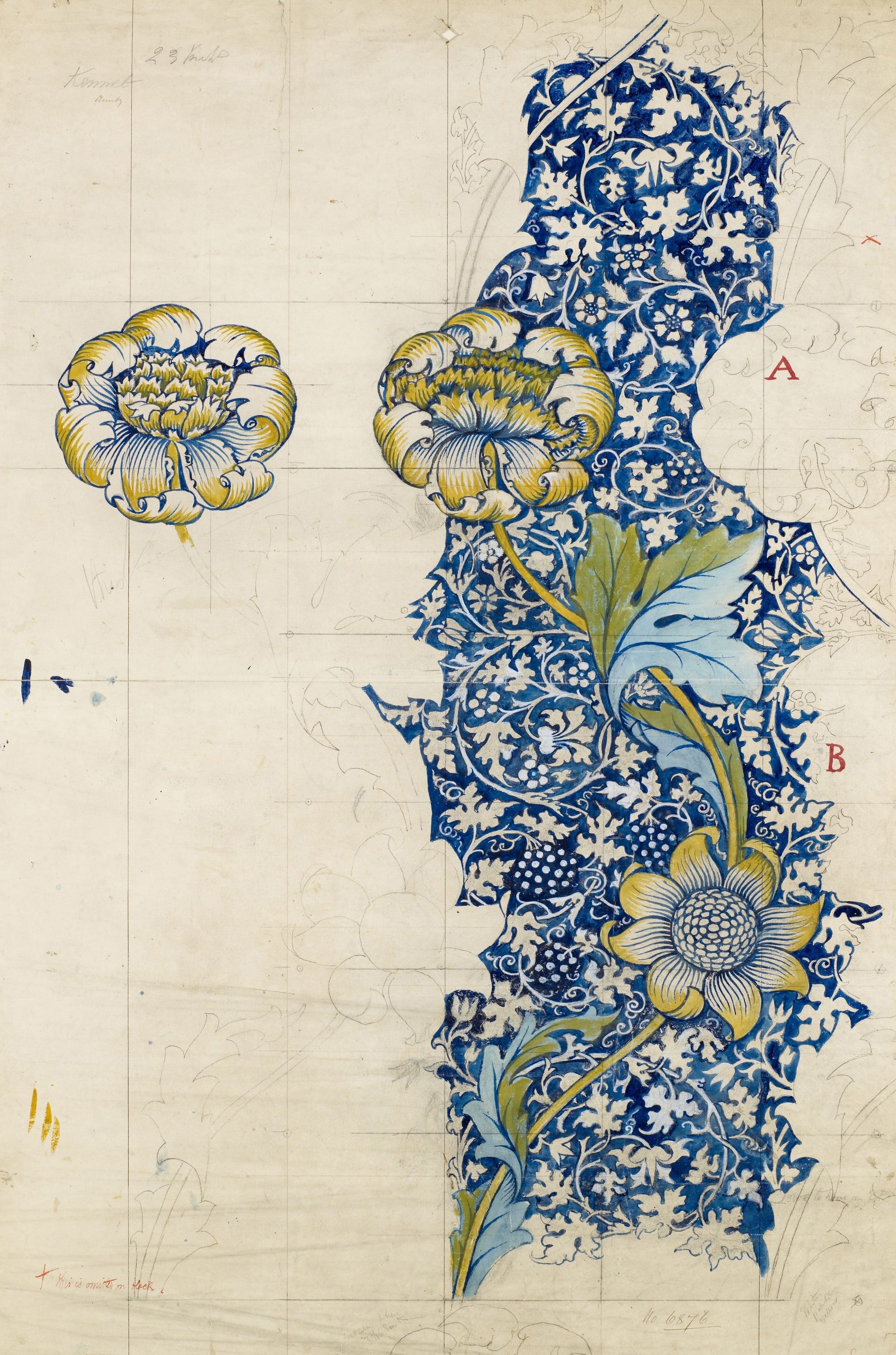EPISODE 145 FEATURES LYN SLATER, A.K.A. ACCIDENTAL ICON
How do you feel about getting older? Maybe you’re so young it feels a world away? Maybe you’re wondering where the time went? Or maybe, like this week’s guest Lyn Slater, you’re way too busy being fabulous to think too much about it. Lyn reinvented her career in her 60s, going from college professor to Instagram star and being described as “one of fashion's finest-dressed people”.
Lyn is an academic, a professor of social welfare, and a fashion influencer. She has three quarters of a million followers in Instagram and blogs at Accidental Icon.
Since she began blogging in 2014, she’s been written about a thousand times as a sort poster woman for growing older stylishly. But now, she’s examining further what it means to be old, and what we, as a society, think about that word - from old people to old houses to old things.
Does old still have a stigma? How does it relate to slow, slowing down, slow fashion. appreciating things that have been around a bit. Are we on the brink of a new-old revolution?
In a recent post on her blog, Lyn wrote: “I’m going to keep saying I’m old over and over until it drains all the pejorative connotations from the word and the exuberant proclamations like, ‘60 is the new 40’ which still seems to imply younger is better.”
If you enjoy this conversation, we recommend re-listening to Episode 33 with Advanced Style’s Ari Seth Cohen - it’s fabulous too.
Lyn Slater in her new-old backyard @Lyn Slater
NOTES
60 IS THE NEW 40. “New notions of what constitutes the elderly focus more on age ranges in the 80s and 90s,” a story in the Chicago Tribune told us in 2010. “Those in the 60-and-older crowd are living longer and healthier lives than their parents by adhering to today's doctrines of diet and keeping the mind and body active… The evidence suggests that people not only are living longer but are staying young longer.” That same year, Oprah asked, “Is 80 the new 60?” This year, in 2021, The Scientific American explored the details of generational change in different places - and considered how education, income and physical exercise play their parts. Meanwhile, although the fashion world has been embracing older role models for a while now - see this Guardian piece - as photographer Nick Knight says: “I don't think it's gone far enough: there's beauty in so many different sorts of people, including ethnic, older and larger models.”
Props to ADVANCED STYLE though…
DELAYED GRATIFICATION MAGAZINE describes itself as: “the world's first Slow Journalism magazine -
Proud to be ‘Last to Breaking News’ since 2011.’ Find them here - walk, don’t run.
Here’s what Lyn wrote on the blog post Clare asks her about: “I’m very attracted to all things old right now. Houses, furniture, perennials, trees, clothes, and women writers. I’m looking to them in the hope they’ll share some secrets they know about how to be old. They all seem so satisfied with their circumstances, yet they still face the perils of severe weather, pests, moths, diseases, accidents, and other conditions that may shorten their lifespan or their ability to endure. Somewhere during this past year, I’ve accepted that I’m old and feel no shame, no despair about it. In fact, I decided to inhabit it completely and explore it as an unknown territory, much as I would a city I’ve never been to before.” Read the post.
Lyn in her new-old house
JANE ADDAMS was an American activist, reformer, social worker, sociologist, public administrator and author. A progressive social reformer, Addams was on the frontline of the settlement house movement in the late 19th and early 20th centuries. She later became internationally respected for the peace activism that ultimately won her a Nobel Peace Prize in 1931, the first American woman to receive this honor. via Womenshistory.org
The SETTLEMENT MOVEMENT was a reformist social movement that began in the 1880s and peaked around the 1920s in England and the United States. Its goal was to bring the rich and the poor of society together in both physical proximity and social interconnectedness. (Wikipedia)
WILLIAM MORRIS was was a British textile designer, poet, artist, novelist, translator and socialist activist associated with the British Arts and Crafts Movement. He was a major contributor to the revival of traditional British textile arts and methods of production.
Let’s take a moment to enjoy his iconic Strawberry Thief wallpaper design:
Clare quotes from this Guardian piece: “William Morris was a Marxist with a very spiritual passion for beauty – a paradoxical visionary who saw no contradiction between socialism and soft furnishings…He was driven by the two abiding rages of his life, against the ugliness and injustice of capitalist society.” Read the rest here.
For more on Morris as an inspiration listen to Episode 144 with J.B. McKinnon, and Episode 71 with Mother of Pearl designer Amy Powney.
“SHE IS THE WOMAN WHO WALKS THE FINE LINE BETWEEN REBELLION AND CONVENTION BECAUSE SHE HAS TO.” - LYN SLATER
Thank you for listening to Wardrobe Crisis. Don’t forget to hit subscribe and please do leave a rating and review in your favourite podcast app - it helps new listeners find us.
Love, Clare & the team.







